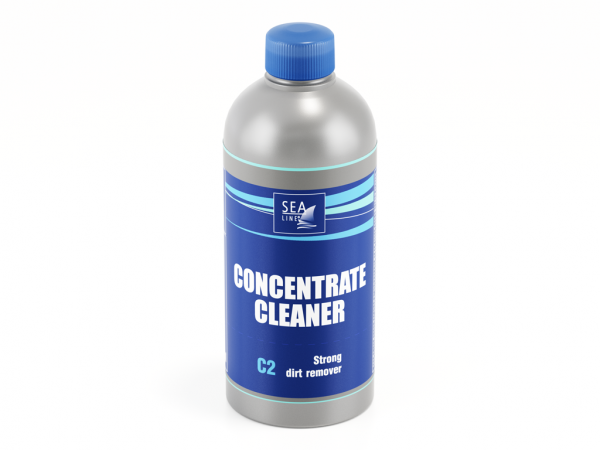
Very powerful water soluble and biodegradable cleaner for quick and efficient removal of oil, grease, scale, soot, nicotine etc. Great as a professional cleaner for fenders, tarpaulins, poles and aluminum ship components and for the removal of hydraulic oil .
Thin with water. For normal dirt add 1 part of C2 on 10 parts of water. For heavy dirt add 1 part C2 on 5 parts of water. Can be diluted with hot and cold water. Use cloth or soft brush. After treatment, always rinse with plenty of water.
Sea-Line® C2 CONCENTRATE CLEANER is a concentrated product for cleaning GPR off lingering contaminants. It is a very powerful biodegradable, water soluble cleaner for quick and efficient removal of contaminants from such surfaces as:
• GRP laminate
• varnished surfaces
• aluminium (masts, fittings)
• PCV (pontoons).
• rubber (reflectors, rubbing strakes, gaskets).
• textiles (tents, covers, tarpaulins).
The modern formula of Sea-Line® C2 Concentrate Cleaner combined with a possibility of diluting the product, depending on the degree of contamination, makes it ideal for removing:
• grease
• oils (also hydraulic ones),
• soot
• discolorations and damp patches caused by rainfalls
• other contaminants difficult to remove
Our vessels may sometimes look like the one in the picture below. We can quickly and easily make it look nice. C2 Concentrate Cleaner can be used on all kinds of gelcoats and varnishes.
Thin Sea-Line® C2 with water at a ratio of:
o 1:5 for heavy contaminants
o 1:10 for average contaminants
Before starting work, clean the surface from contamination, e.g. sand. Using a sponge or a brush, apply C2 Concentrate Cleaner.
Non-slip surface or heavily soiled elements, scrub with a soft brush.
Removed contaminants and the product residues, rinse abundantly with water. Do not let contaminants dry out on the cleaned surface.
To increase gloss, the surface may additionally be polished by using Sea-Line S1 or Sea-line S0 compound.
The cleaned surface protect (optionally) with Sea-Line S4 Protect Wax & Sea-Line S3 Clean & Protect spray
The picture shows a cleaned surface (right side) and its condition before using C2 Concentrate Cleaner (left side).
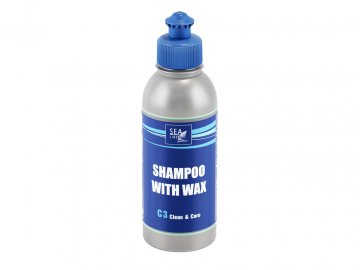
C3 SHAMPOO WITH WAX is a shampoo with wax for cleaning and protecting gelcoat and painted surfaces. High cleaning power […]
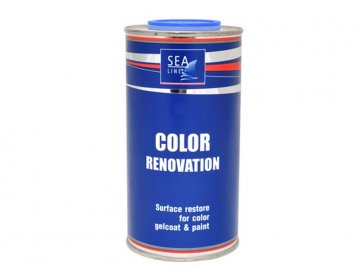
Sea-Line® COLOR RENOVATION COLOR RENOVATION is a product which does not contain silicon and efficiently brings back an original appearance […]
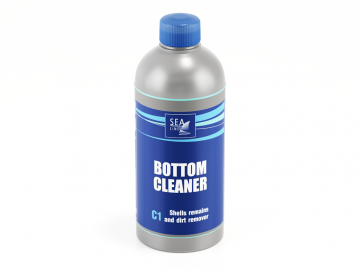
C1 BOTTOM CLEANER is a powerful, effective formula to rapidly remove dirt, rests of shells from boat hull. Application: Apply […]
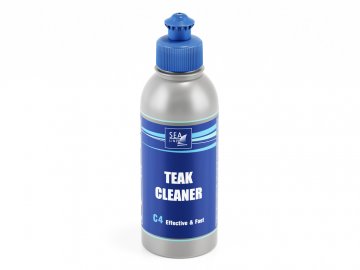
C4 Teak Cleaner is a very powerful water-soluble, biodegradable concentrate for quick and efficient restoration of teak wood. C4 restores […]

Refilling and to tackle inequalities caused by damage to or during the course of production

Protects boat surfaces from the effects of destructive activities osmosis and corrosion

Provide an aesthetic and a perfect look of the boat also protective against water and UV radiation

Protect the hull from fouling with algae and shells

Effectively remove scratches, refresh the color of gelcoat or paint, fast shine effect

Special preparations for effective cleaning and refinishing

Laminating, gluing and filling in cracks in gelcoat

Range of products useful in the boat builder work